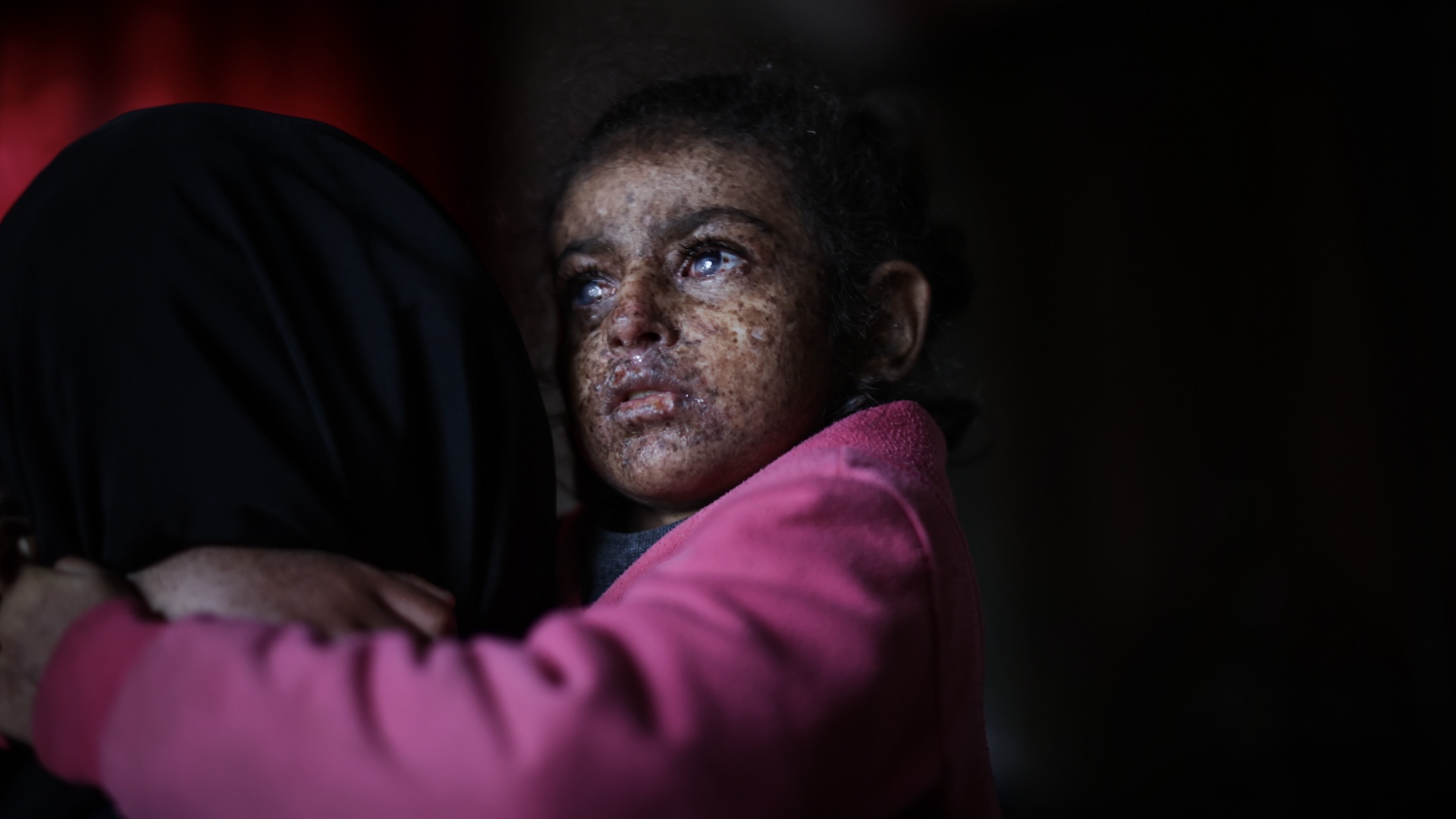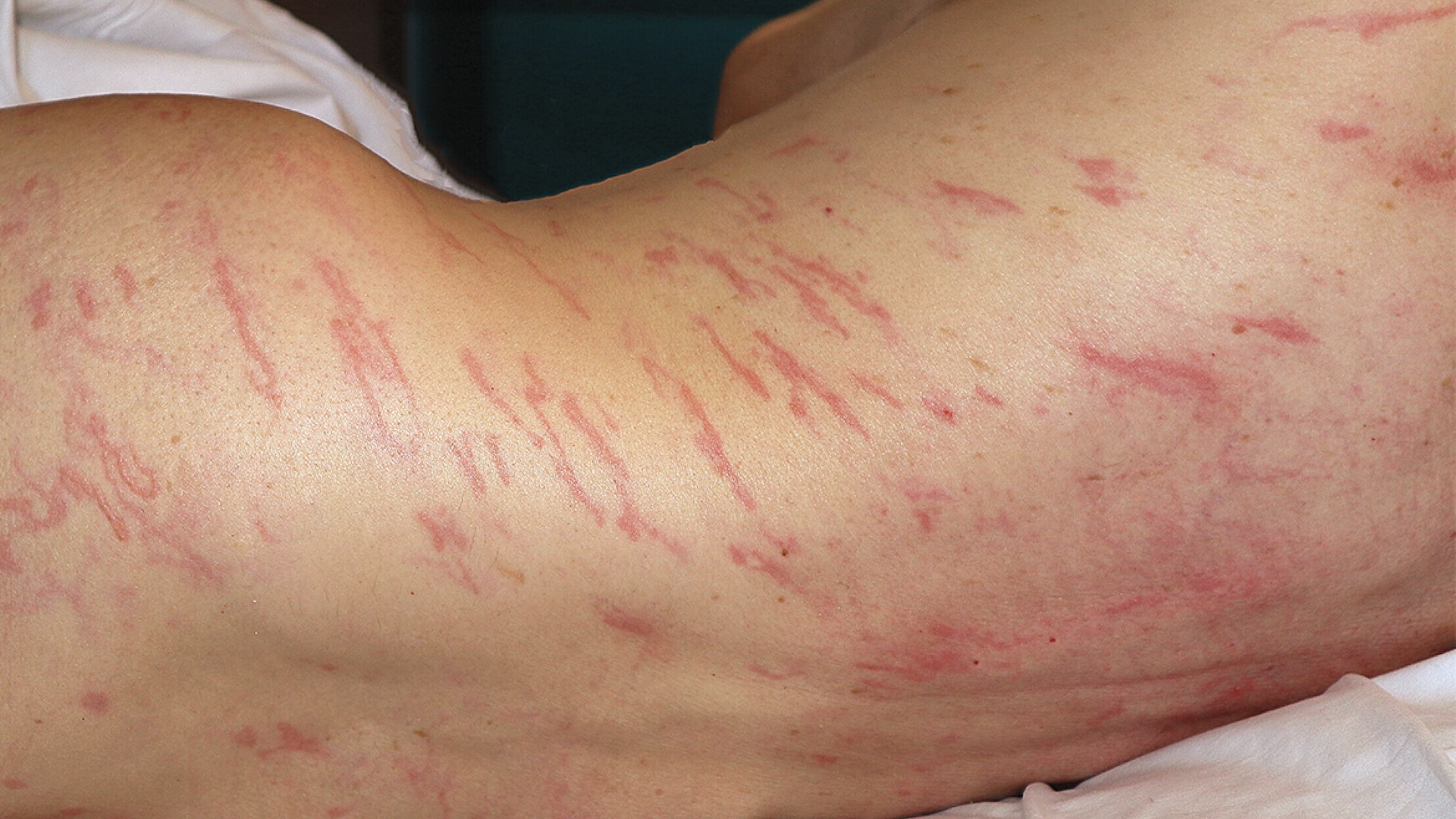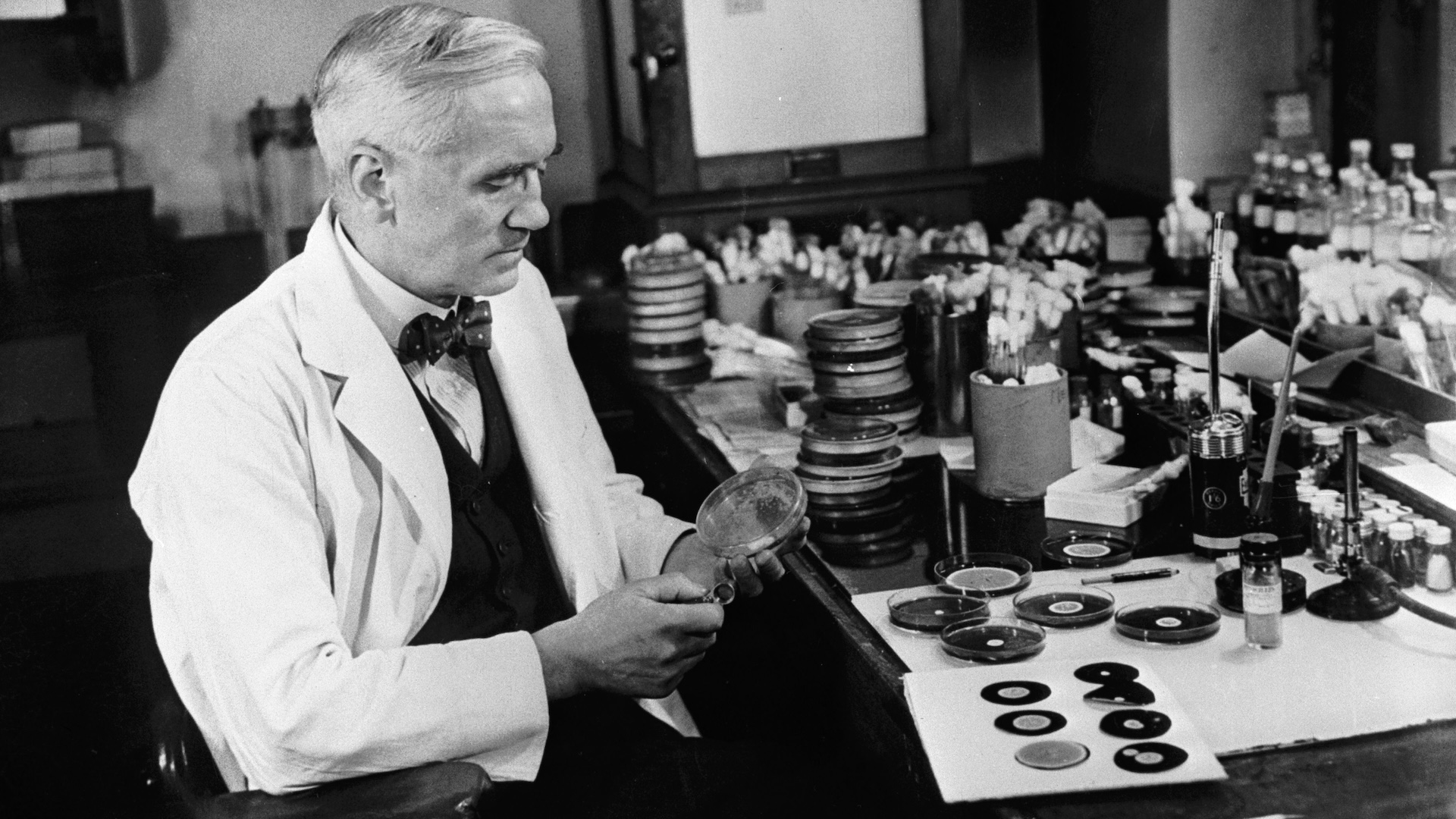What is xeroderma pigmentosum? The rare genetic disorder that forces people to avoid sunlight
People with xeroderma pigmentosum can severely burn within minutes of being in the sun and are thousands of times more likely to develop skin cancer than others.

Disease name: Xeroderma pigmentosum (XP)
Affected populations: Xeroderma pigmentosum is a rare genetic disorder that makes people's skin extremely sensitive to the harmful effects of ultraviolet (UV) light. Both males and females can develop XP, and it can affect people from different ethnic backgrounds.
XP is estimated to affect approximately 1 person per million in the United States, but it is more common in other regions of the world, including Japan, North Africa and the Middle East. For example, in Japan, around 45 people per million are estimated to have XP.
Related: Simple blood test could reveal likelihood of deadly skin cancer returning, study suggests
Causes: XP is caused by gene mutations that prevent DNA from being repaired after it's damaged by UV radiation, which is present in sunlight and some kinds of artificial lighting, including that used for tanning beds. The unrepaired DNA accumulates within cells, triggering a plethora of different symptoms.
Scientists have identified eight different gene mutations that are tied to the development of XP; the most common of these, at least in the U.S., is a mutation in a gene called XPC. This gene codes for an enzyme that is key for detecting DNA damage, and the mutation renders the protein unable to do its job.
XP is an autosomal recessive condition, which means that people must inherit two copies of a faulty gene — one from each parent — in order to develop it.
Sign up for the Live Science daily newsletter now
Get the world’s most fascinating discoveries delivered straight to your inbox.
Symptoms: Symptoms of XP usually begin in infancy or early childhood. People with the condition typically burn very easily in the sun — around half of children with XP are susceptible to severe sunburn within only a few minutes of exposure to sunlight.
Patients with XP may also develop freckles before the age of 2 in parts of the body that are commonly exposed to daylight, such as the face, arms and lips. In addition, their eyes are often very sensitive to DNA damage caused by bright light. Repeated exposure to sunlight may additionally cause the skin to become dry, thinner and have a mixture of darker and lighter regions.

Patients with XP are up to 2,000 times more likely to develop melanoma, a type of skin cancer for which UV exposure is a major risk factor. Without protection from UV light, people with XP are likely to develop skin cancer many times in their life — most commonly for the first time before age 10.
Around 25% of people with XP will additionally develop neurological symptoms associated with the disorder, likely because of damage to DNA in nerve cells in the brain. These symptoms progressively develop over a patient's lifetime, regardless of their level of sun exposure, and include hearing loss, poor coordination and balance, and intellectual disability.
People with XP, on average, live to around 37 years old. However, those who also have neurological symptoms of the condition usually live to age 29.
Treatments: There is currently no cure for XP. However, patients are advised to always be completely protected from sunlight. Being consistently shielded against UV radiation — by using sunscreen and wearing layered clothing and sunglasses — can considerably reduce the number of skin cancers that patients develop.
Other treatments include surgery to remove skin cancer if it develops; hearing aids to help with hearing loss; and eye drops to help lubricate sore eyes. Patients may also be advised to take vitamin D supplements to top up their levels of this vitamin, which may otherwise be too low due to a lack of sun exposure.
Those with the neurological symptoms of XP may additionally eventually need to use a wheelchair, be tube fed and receive long-term nursing care.
Disclaimer
This article is for informational purposes only and is not meant to offer medical advice.

Emily is a health news writer based in London, United Kingdom. She holds a bachelor's degree in biology from Durham University and a master's degree in clinical and therapeutic neuroscience from Oxford University. She has worked in science communication, medical writing and as a local news reporter while undertaking NCTJ journalism training with News Associates. In 2018, she was named one of MHP Communications' 30 journalists to watch under 30. (emily.cooke@futurenet.com)
You must confirm your public display name before commenting
Please logout and then login again, you will then be prompted to enter your display name.










